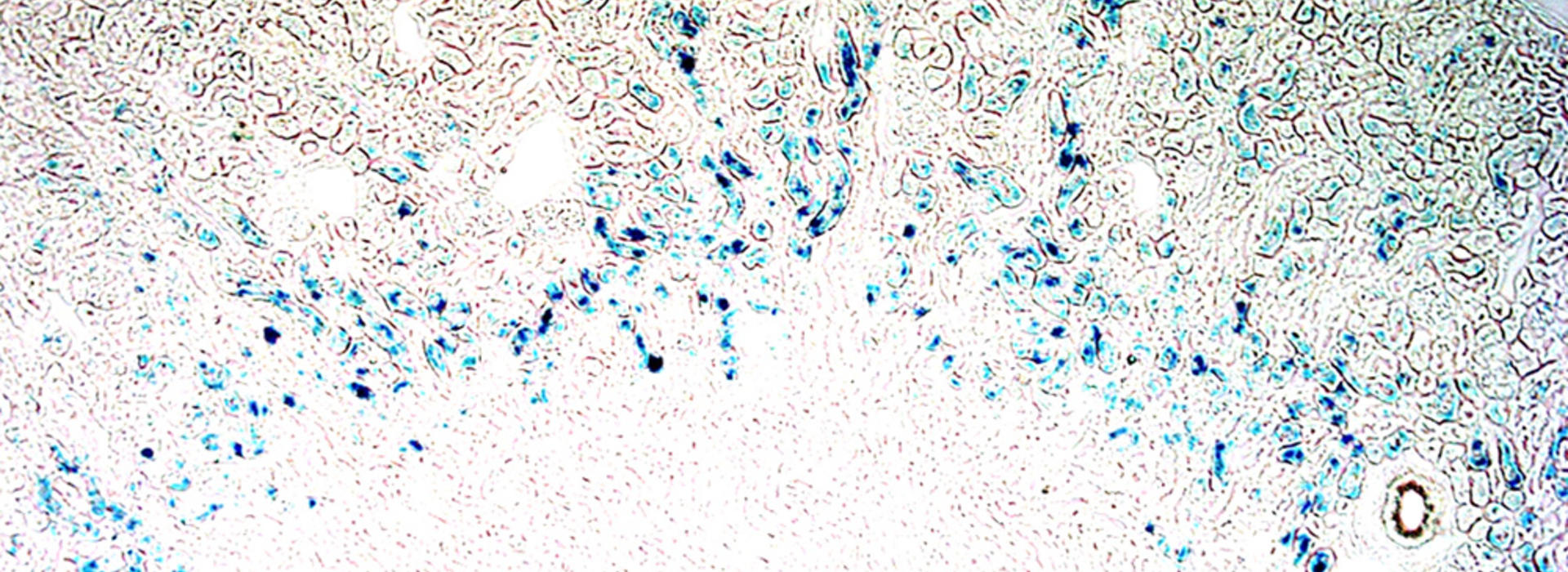
Defining “Zombie Cells”
They’re called zombie cells, because they are damaged and refuse to die.
As we age, these damaged cells start to accumulate and cause sterile inflammation which can alter metabolism and stem cell function, promoting aging and the conditions that are often associated with it, like Alzheimer's disease. These zombie cells are formally called, senescent cells. Researchers at the University of Minnesota Medical School are now helping define just what those cells are and do.
Laura Niedernhofer, PhD, and Paul Robbins, PhD, director and associate director, respectively, for the Institute on the Biology of Aging and Metabolism (iBAM) are contributing authors of, “Cellular Senescence: Defining a Path Forward,” which was published in the leading journal “Cell” on Halloween.
As people age, they accumulate damaged cells. When the cells get to a certain level of damage, they go through an aging process of their own called cellular senescence. When cells become damaged or if they replicate too many times, they undergo a process of irreversible removal from the cell cycle and start releasing inflammatory factors that stimulate the immune response to clear the damaged cells. A younger person’s immune system is healthy and is able to clear the damaged cells, but as people age, they aren’t cleared as effectively and they accumulate causing potential problems.
Researchers have discovered how to clear these cells, so many companies are now developing drugs to remove the cells, with the hope of people leading healthier, longer lives. But, Robbins and Niederhofer wanted to know more. They and other leaders in the field from around the world collaborated on a review to define what senescent cells are and how to characterize them. They also asked questions such as, “How can I show if my senescent cell burden is higher than someone else's?''
“What was surprising was the lack of consensus. We realized the field is more complicated than any of the authors thought,” Robbins said. “What I was intrigued by was the heterogeneity of what I thought was a homogenous cell type and the ever-expanding list of the role of these cells in disease. The list keeps growing in terms of what these cells do.”
The research confirms that pathways that drive aging can be identified, and researchers can start to develop approaches to slow aging by targeting those pathways, not only in rodents but in humans. Indeed, multiple clinical trials to determine if these damaged Zombie cells can be eliminated using certain re-purposed, FDA approved drugs and natural products able to kill senescent cells specifically are currently in progress.
“What we were able to demonstrate here will lead to further experiments and research,” Robbins said. “We are starting to define the field and revolutionize aging research.”
Researchers plan to update their findings as new information is discovered in the field.